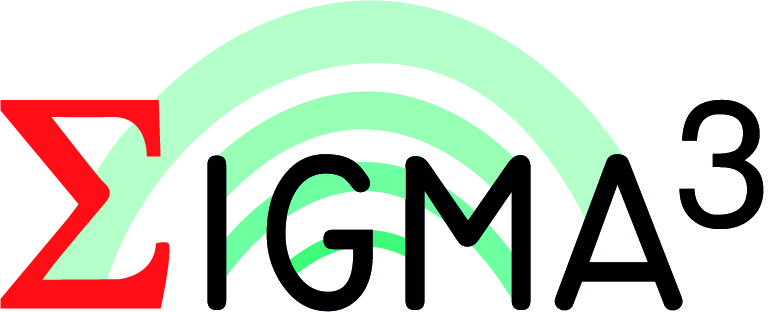SIGMA3 is a research and development (R&D) program on SeIsmic hazard and Ground Motion Assessment. It is the 3rd part of a larger R&D initiative initiated since 2011 to support innovation in the field of probabilistic hazard assessment (PSHA). SIGMA3 is funded at 100% by the industry. The program grounds its roots in the methodological developments, but also on the identified shortcomings of the two preceding editions labelled SIGMA and SIGMA2.
The previous two programs have led to insightful datasets and models to accompany the inception of probabilistic site-specific PSHA studies in low-to-moderate seismicity areas, such as France, for instance. However, nowadays additional progress is still needed to reduce epistemic uncertainties and improve the confidence in probabilistic seismic hazard studies. To this end, SIGMA3 gathers a group of researchers and engineers actively involved the seismic hazard community and recognized for their expertise.
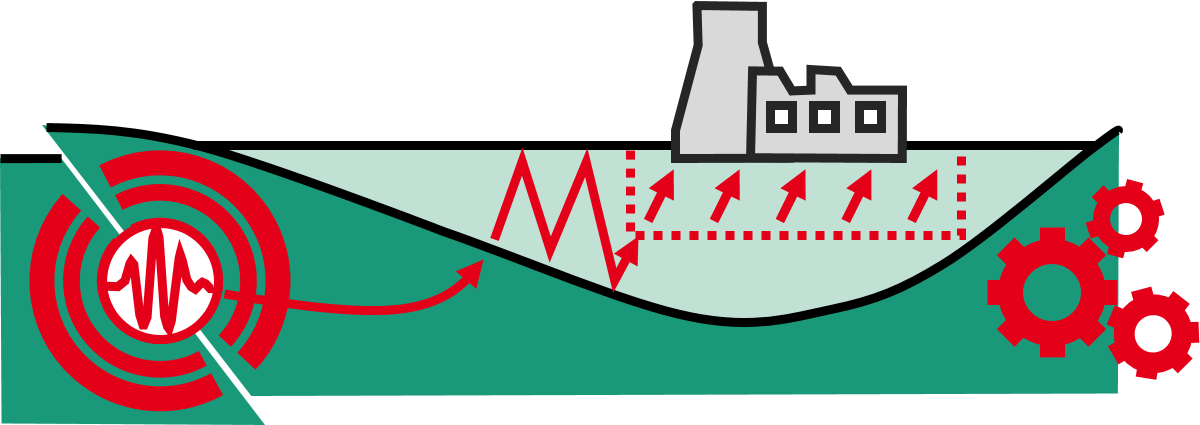
Work packages (wp)
-
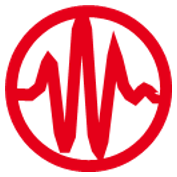 Seismic Sources
Seismic Sources
-
 Ground Motion
Ground Motion
-
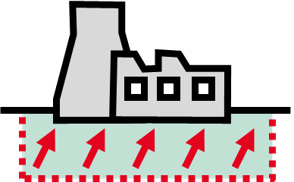 Soil Dynamics
Soil Dynamics
-
 Hazard & load calculations
Hazard & load calculations
-
 Simulation Platform
Simulation Platform
In order to improve the reliability of seismic hazard assessment, it is necessary to better quantify and reduce the uncertainties associated to seismic sources characterization for hazard calculations, which involves developing methods to refine our knowledge about faults and seismicity.
Thus, WP1 focuses on (1) developing methods to characterize faults in stable areas in terms of detection, and deformation measurement and dating; (2) improving the earthquake catalogues in terms of depth and magnitude estimation; (3) developing innovative tools for frequency-magnitude relationship characterization, and finally (4) producing series of tools for PFDHA to reflect the specificities of intraplate region.
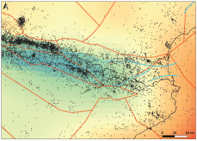
The main scope of WP2 is to improve the understanding, the description and the modeling of ground motion, with the final aim of improving the accuracy of seismic hazard results. Indeed, the overall objective of this WP is to contribute obtaining reliable, realistic and robust seismic hazard estimates at target regions and at specific sites.
WP2 will focus on site-specific non-ergodic ground motion assessment, accounting for regional and local ground motion properties, using refined and detailed seismic wave attenuation properties and including a sound description of ground motion duration. Proper consideration of the associated variability and epistemic uncertainties will be addressed as well.
All these will lead to accurate ground motion estimates with reduced epistemic uncertainties, particularly in low-to-moderate seismicity regions. Methods leading to the obtention of three-component ground motion time histories meeting the engineering needs fully consistent with the hazard model at a target site will be developed.
These goals will be achieved through several scientific tasks spanning from the collection of ground motion data and metadata, empirical modeling and description of ground motion in different regions worldwide, broadband scale mapping of seismic wave attenuation, empirical evaluation of site response and numerical simulation of ground motion following different approaches. 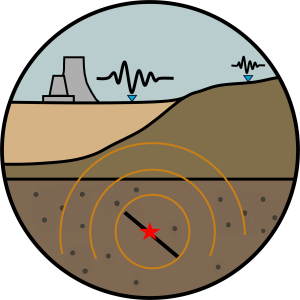
Work Package 3, titled Soil Dynamics, straddles Work Packages 2 and 4. Aligned with the overarching goals of the SIGMA3 project, this package focuses on the site response component of the seismic hazard assessment, specifically at scales ranging from a few meters to several hundred meters.
The primary aim of WP3 is to enhance the reliability of seismic site response and to investigate the interplay between seismic hazards and engineering practices. This involves developing and testing advanced techniques for soil parameter characterization, conducting numerical sensitivity analyses, exploring methods to mitigate seismic amplification, and improving liquefaction quantification in areas with low-to-moderate seismicity. Additionally, there are numerous other actions designed to achieve the main objectives of WP3, ultimately contributing to more accurate and effective seismic hazard assessments.

Work package 4, titled Hazard and load calculations, has the goal to improve different aspects of the methods and tools used for probabilistic hazard assessment (PSHA) and an extension of the latter approach for considering vector hazard, aftershocks and fault displacement. It also addresses new approaches for epistemic uncertainty characterization and propagation, as well as the confrontation of PSHA to observations. These observations are extracted from different sources, such as instrumental, historical and fragile geological structures survival, to inform and update hazard models. The WP4 also makes sure that hazard output complies with engineering needs by developing improved and new approaches for the definition of seismic loads and their impact on seismic risk analyses (spectra, accelerograms, intensity measures, scenarios).
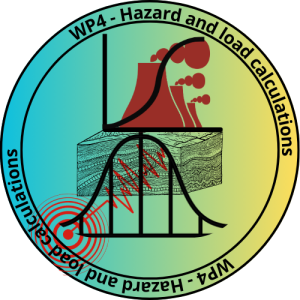
The goal of the Work Package 5 is to create a versatile toolset named QuakeTest, designed to manipulate, verify and evaluate models representing the fundamental components of earthquake ground motion—source, ground motion, and site effects—within Probabilistic Seismic Hazard Analysis (PSHA) computations. QuakeTest will leverage advanced simulation techniques to efficiently propagate uncertainties, whether explicitly or implicitly accounted for in the models under evaluation. This capability has earned it the moniker “simulation platform.” Beyond model validation, QuakeTest will excel in manipulating existing data for reference purposes or as input for data analysis tasks such as regressions and visual representations.
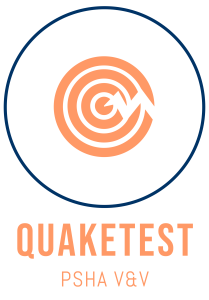
-
 Seismic Sources
Seismic Sources
-
 Ground Motion
Ground Motion
-
 Soil Dynamics
Soil Dynamics
-
 Hazard & load calculations
Hazard & load calculations
-
 Simulation Platform
Simulation Platform
In order to improve the reliability of seismic hazard assessment, it is necessary to better quantify and reduce the uncertainties associated to seismic sources characterization for hazard calculations, which involves developing methods to refine our knowledge about faults and seismicity.
Thus, WP1 focuses on (1) developing methods to characterize faults in stable areas in terms of detection, and deformation measurement and dating; (2) improving the earthquake catalogues in terms of depth and magnitude estimation; (3) developing innovative tools for frequency-magnitude relationship characterization, and finally (4) producing series of tools for PFDHA to reflect the specificities of intraplate.

The main scope of WP2 is to improve the understanding, the description and the modeling of ground motion, with the final aim of improving the accuracy of seismic hazard results. Indeed, the overall objective of this WP is to contribute obtaining reliable, realistic and robust seismic hazard estimates at target regions and at specific sites.
WP2 will focus on site-specific non-ergodic ground motion assessment, accounting for regional and local ground motion properties, using refined and detailed seismic wave attenuation properties and including a sound description of ground motion duration. Proper consideration of the associated variability and epistemic uncertainties will be addressed as well.
All these will lead to accurate ground motion estimates with reduced epistemic uncertainties, particularly in low-to-moderate seismicity regions. Methods leading to the obtention of three-component ground motion time histories meeting the engineering needs fully consistent with the hazard model at a target site will be developed.
These goals will be achieved through several scientific tasks spanning from the collection of ground motion data and metadata, empirical modeling and description of ground motion in different regions worldwide, broadband scale mapping of seismic wave attenuation, empirical evaluation of site response and numerical simulation of ground motion following different approaches.

Work Package 3, titled Soil Dynamics, straddles Work Packages 2 and 4. Aligned with the overarching goals of the SIGMA3 project, this package focuses on the site response component of the seismic hazard assessment, specifically at scales ranging from a few meters to several hundred meters.
The primary aim of WP3 is to enhance the reliability of seismic site response and to investigate the interplay between seismic hazards and engineering practices. This involves developing and testing advanced techniques for soil parameter characterization, conducting numerical sensitivity analyses, exploring methods to mitigate seismic amplification, and improving liquefaction quantification in areas with low-to-moderate seismicity. Additionally, there are numerous other actions designed to achieve the main objectives of WP3, ultimately contributing to more accurate and effective seismic hazard assessments.

Work package 4, titled Hazard and load calculations, has the goal to improve different aspects of the methods and tools used for probabilistic hazard assessment (PSHA) and an extension of the latter approach for considering vector hazard, aftershocks and fault displacement. It also addresses new approaches for epistemic uncertainty characterization and propagation, as well as the confrontation of PSHA to observations. These observations are extracted from different sources, such as instrumental, historical and fragile geological structures survival, to inform and update hazard models. The WP4 also makes sure that hazard output complies with engineering needs by developing improved and new approaches for the definition of seismic loads and their impact on seismic risk analyses (spectra, accelerograms, intensity measures, scenarios).

The goal of the Work Package 5 is to create a versatile toolset named QuakeTest, designed to manipulate, verify and evaluate models representing the fundamental components of earthquake ground motion—source, ground motion, and site effects—within Probabilistic Seismic Hazard Analysis (PSHA) computations. QuakeTest will leverage advanced simulation techniques to efficiently propagate uncertainties, whether explicitly or implicitly accounted for in the models under evaluation. This capability has earned it the moniker “simulation platform.” Beyond model validation, QuakeTest will excel in manipulating existing data for reference purposes or as input for data analysis tasks such as regressions and visual representations.

